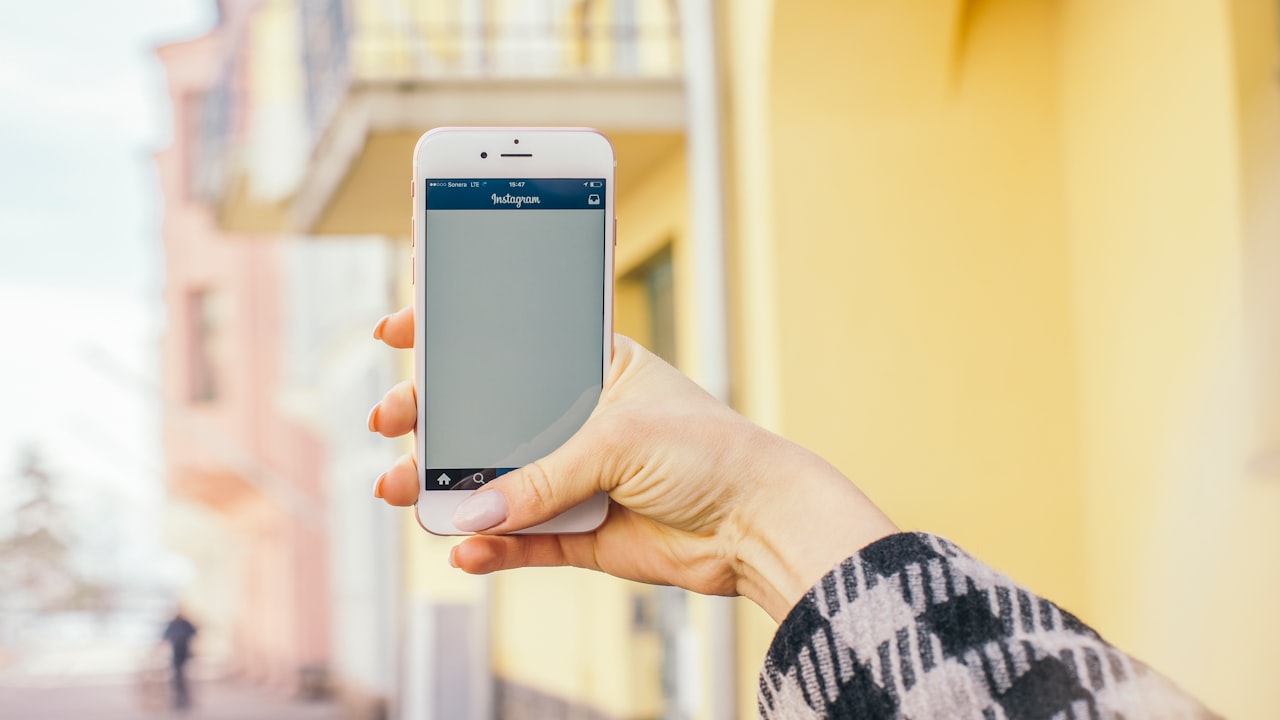With its innovative design that redefines how we interact with our digital environment, Apple’s iPhone has stood as a beacon of innovation in the rapidly changing field of technology. The world of iPhone adapters is diverse, catering to various user needs and scenarios. From multimedia connectivity to charging solutions, the range of adapters available reflects the dynamic nature of our digital lifestyles.
At the heart of this transformative device lies a range of adapters, unassuming yet powerful accessories that play a crucial role in enhancing the functionality and connectivity of iPhones. In the dynamic world of iPhone adapter, adapters serve as unsung heroes, enabling users to adapt to changing technologies, connect to various peripherals, and tailor their iPhones to their unique needs.
From the early transitions of the Lightning connector to the diverse range of adapters available today, these accessories have played a pivotal role in ensuring a smooth and continuous user experience.
The Evolution of iPhone Adapters
As iPhones have evolved over the years, so too have their connection ports, prompting the development of a variety of adapters to bridge the gap between old and new technologies. One notable transition was the shift from the traditional 30-pin dock connector to the Lightning connector, a move that necessitated the creation of adapters to ensure compatibility with existing accessories and peripherals.
Diverse Types of iPhone Adapters
Audio Adapters:
As Apple phased out the traditional 3.5mm headphone jack in recent iPhone models, audio adapters became essential for users who preferred wired headphones. Lightning to 3.5mm audio adapters and USB-C to 3.5mm adapters allow users to continue using their favorite wired headphones while adapting to the latest iPhone designs.
Multiport Adapters:
Multiport adapters have become increasingly popular, providing users with a hub of connectivity options in a single accessory. These adapters often include ports for HDMI, USB-A, SD cards, and more, allowing users to connect their iPhones to external displays, keyboards, and other peripherals.
Charging Adapters:
With the introduction of fast charging capabilities in newer iPhone models, USB-C to Lightning adapters have become essential for those seeking quicker charging times. These adapters enable users to connect their iPhones to USB-C power sources, unlocking faster charging speeds and improved efficiency.
Wireless Charging Adapters:
As wireless charging gained popularity, wireless charging adapters became a convenient solution for older iPhone models without built-in wireless charging capabilities. These adapters enable wireless charging compatibility, offering users an alternative and cable-free charging experience.
Versatility in Daily Life
The versatility of iPhone adapters extends far beyond the technical specifications. These small yet powerful accessories seamlessly integrate into various aspects of our daily lives, enhancing convenience and connectivity.
Professional Settings:
In professional environments, where presentations and collaborative work are common, multiport adapters play a crucial role. By connecting iPhones to external displays and accessories, professionals can share their work on a larger screen or use a keyboard and mouse for increased productivity.
Travel:
For frequent travelers, adapters become indispensable tools. Whether it’s charging devices in different countries or connecting to various audiovisual setups on the go, adapters ensure that iPhones remain versatile companions for globetrotters.
Entertainment:
Audio adapters play a significant role in preserving users’ choices in entertainment. Whether it’s enjoying high-quality audio through preferred headphones or connecting to external speakers for a home theater experience, adapters contribute to an enriched entertainment ecosystem.
The Future of iPhone Adapters
As Apple continues to innovate and introduce new iPhone models, the role and design of adapters are likely to evolve. With each iteration, adapters may become more streamlined, offering enhanced functionality and improved compatibility with emerging technologies. The advent of MagSafe technology and the gradual elimination of ports in some Apple devices suggest a wireless future. Future iPhone adapters might incorporate smart technologies, such as AI-driven features or enhanced data transfer capabilities.
Conclusion
As we look toward the future, the evolution of iPhone adapters will likely continue, aligning with the ever-changing landscape of technology. Whether facilitating multimedia experiences, providing charging solutions, or enabling professional connectivity, iPhone adapters remain essential companions in the journey of unlocking the full potential of our beloved devices. As users, the key lies in understanding the diverse functionalities of these adapters and harnessing their versatility to enhance our digital lives.
